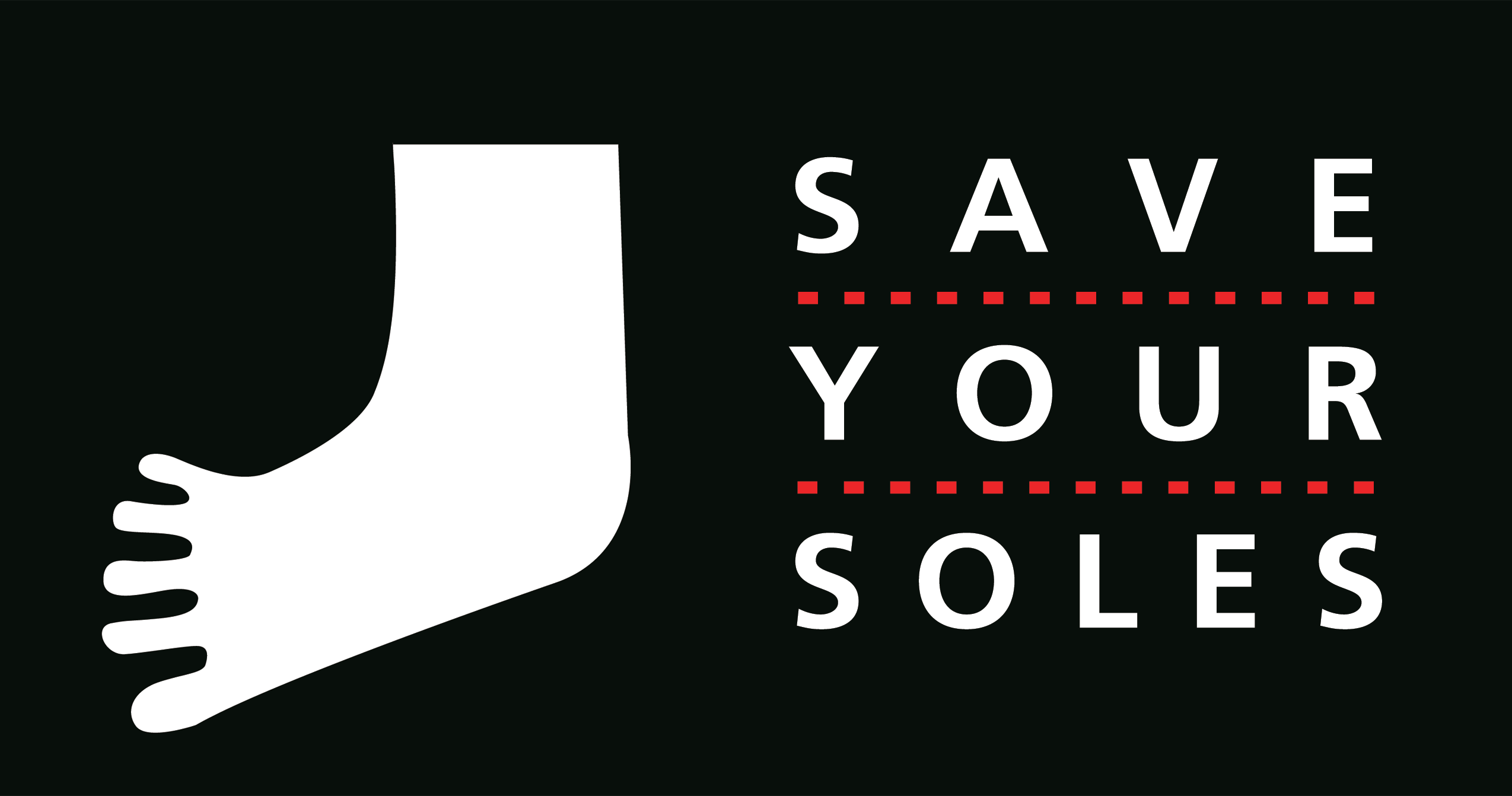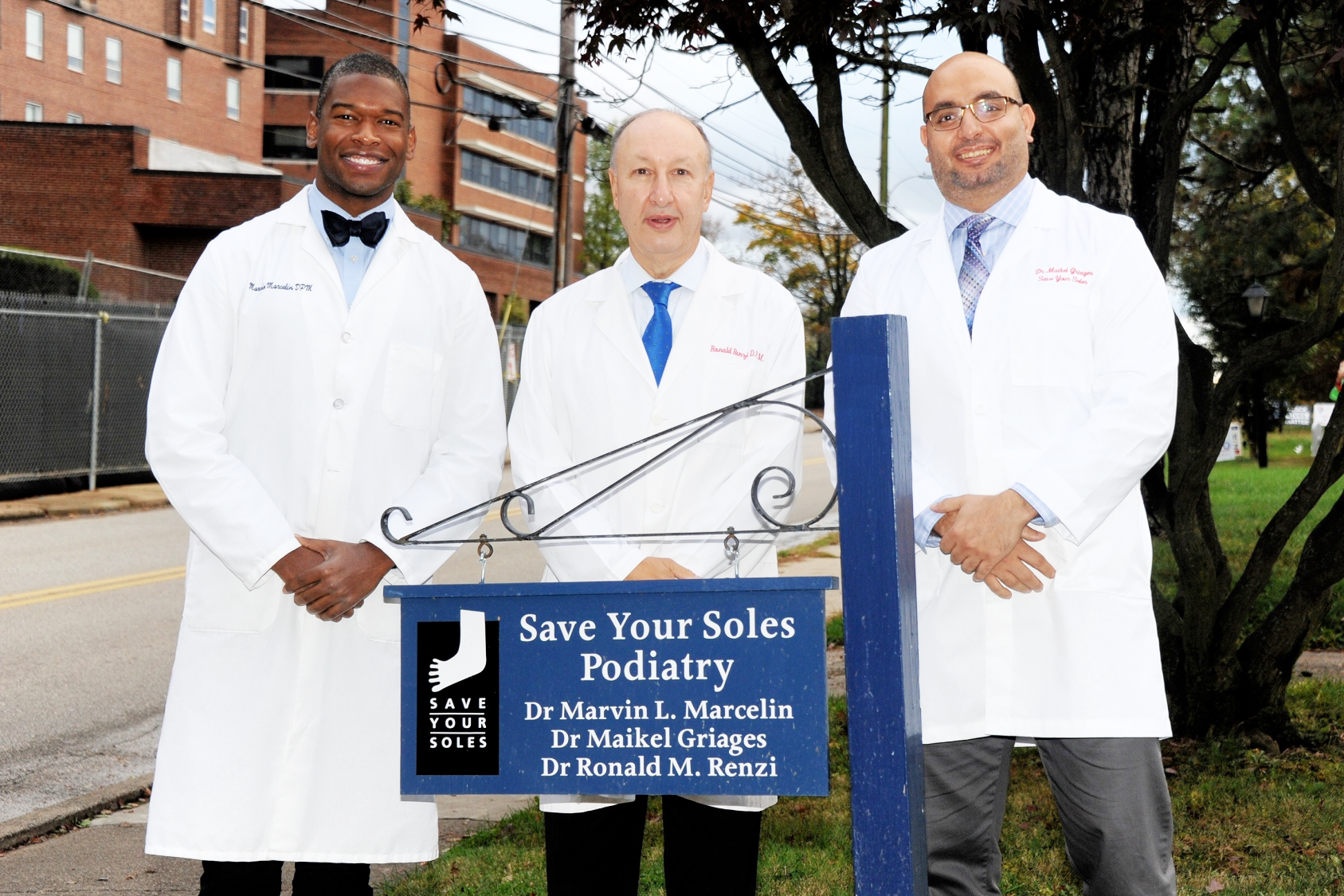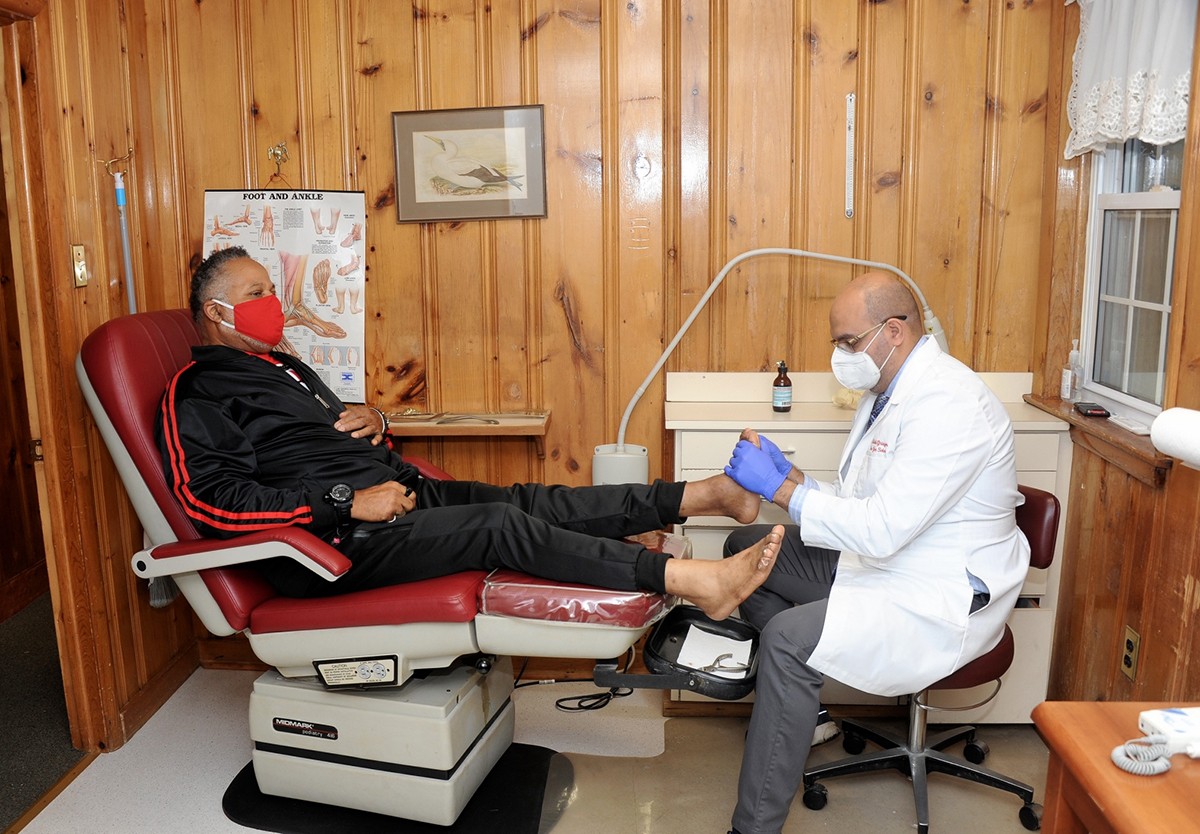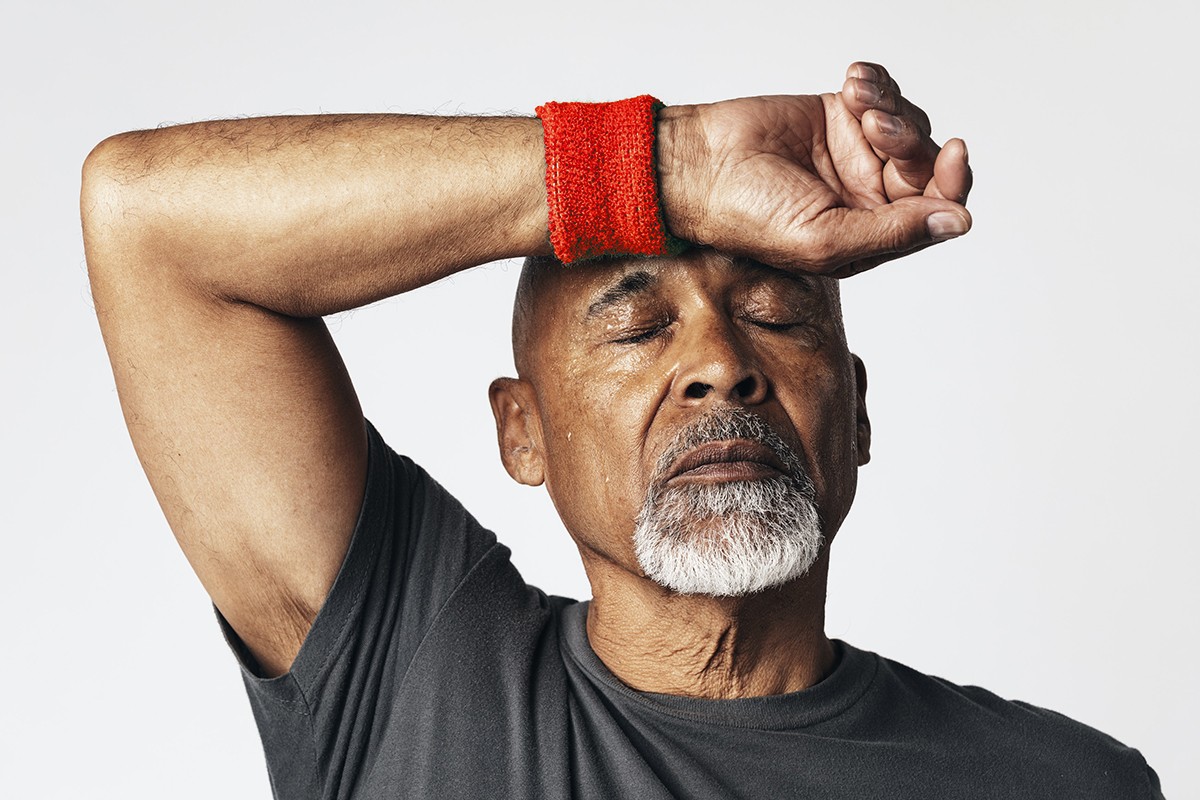Why should someone with diabetes see a podiatrist? and other questions, answered by podiatrists in Philadelphia.
Can a podiatrist treat an ankle injury?
Yes, podiatrists do treat ankle injuries. In fact, we often see sport-related injuries including ankle sprains, ligament tears, and fractures. These are fairly common among basketball and soccer player.
How do you treat warts on the bottom of your foot?
Warts on the bottom of the foot are called plantar warts. They usually look like small, round, hard growths that are frequently misdiagnosed as corns. Plantar warts grown in (deep below the skin) instead of out, causing pain and discomfort. We treat these by applying powerful topical meds and perform aggressive debridement (shaving of skin).
What are corns and calluses?
Corns and calluses are hard skin, usually in weight-bearing areas where excess pressure is being applied. These often cause discomfort, and we reduce or shave calluses to reduce discomfort and possibly modify shoes/sneaks to reduce pressure. Diabetics should have these cared for by a podiatrist to reduce/prevent chances of infection. If corns and calluses are not treated they can lead to ulcerations (holes) in the skin and that’s why it is important that diabetics have these cared for before they develop into serious medical problems.
Why should someone with diabetes go to a foot doctor?
Diabetes can lead to poor circulation, loss of sensation, or both. These changes are often silent until they are in a dangerous state. These symptoms can mask small cuts or lesions, and if left unchecked, can create serious infections. Periodic foot exams can identify changes in sensation and circulation and treat patients accordingly to avoid serious medical problems.
What does it mean if I have pain in the back of my heel?
Pain in the back of the heel is often Achilles tendonitis. The Achilles tendon runs from the back of the heel to the back of the leg. The tendon gets tighter over time, making it easier to strain. Treating early signs of Achilles tendonitis soon after symptoms start is important to achieve rapid recovery. Treatment includes aggressive stretching, heat, heel lifts, and sometimes immobilization.
What does pain in the bottom of my heel mean?
Pain in the bottom of the heel is plantar fasceitus. This is caused by the tendon (plantar fascia) on the bottom of the foot getting excessively tight creating pain on the plantar (bottom) heel. This is treated with stretches, shoe/sneaker modifications, and orthotics.
What are orthotics?
Supports that brace the foot in an anatomically correct position are called orthotics. For feet, there are custom and off-the-shelf orthotics which are used to treat plantar fasciusis, Achilles tendonitis, arch pain, and flat feet, to name a few.
I have a bump on the side of my foot near the bottom of my big toe that makes it hard to find comfortable shoes. Can this be fixed?
It sounds like you are describing a bunion, which is a protrusion of bone, indicating a change of position of bones in the feet. People with flat feet are prone to this. It is important that you have shoes that do not rub on this bump. As a podiatrist, I can help relive the pain with shoe modifications, sizing, and if necessary, surgery.
I have chronic ingrown toenails. Can this be permanently fixed?
If you suffer from chronic, painful ingrown toenails, we can perform a P&A, which in essence means that we remove a portion of the nail and cauterize a portion of the nail bed so that the offending portion of the nail does not grow back.
How can you tell if you have flat feet and does that matter?
Flat feet means that you do not have an arch in the middle of your foot. A simple “test” to determine if you have flat feet is to look at your wet footprint. If your entire foot outline appears you have no arch then you have flat feet. Flat feet on its own is not a problem, but if your feet and/or legs get tired or feel “heavy” after standing/walking for 20 minutes or more it may indicate that you should get orthotics to create an arch dynamics for your foot and to relieve the tired feeling.



